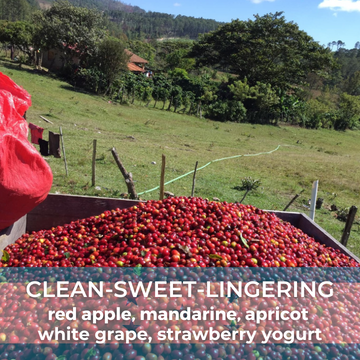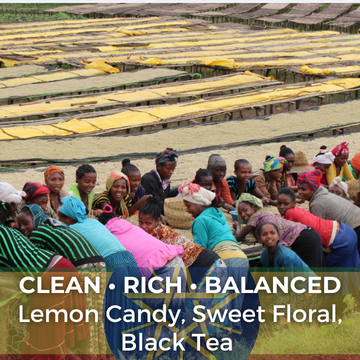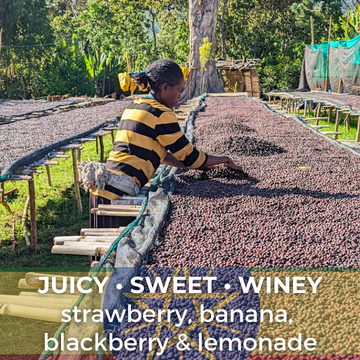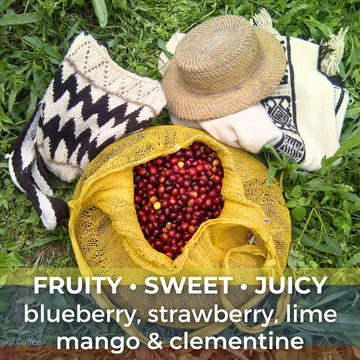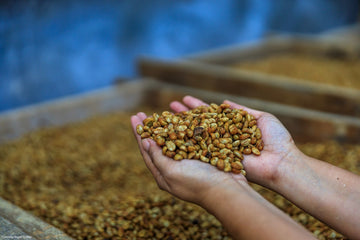Coffee Blending Basics
Recently we've been getting lots of questions regarding blending here at The Captain's Coffee. This seems to be a pretty popular question and topic of discussion so we're gonna throw in our two cents and you can decide for yourself if blending is right for you!
The Why Behind Blending
My first question when folks ask me about blends is "Why do you want to make a blend?" This is a far more important question than people realize. Before you go blending all willy-nilly, it's important to know why you want to make a blend. Commercial coffee roasters blend for several reasons:
1. To make a coffee taste the same year round despite availabilities of certain coffees
2. To keep costs low by masking the taste of less expensive coffees by blending in higher quality coffees (how dare they!)
3. Because many of their customers just want a cup of coffee and don't care what it is (I'll have a medium "house"...lotsa cream and sugar, please)
4. To create a brand new flavor profile by combining the two or more complimentary coffees
5. To create a specific style of espresso (i.e. Italian vs West Coast Espresso)
From a home roaster's perspective, I can only imagine blending for reasons 4 and 5 so that's what I'll discuss!
Creating a new profile from several complimentary coffees:
So here's the meat and potatoes of why we blend. Why else would we take an amazing coffee that's delicious all on its own and mess with it? To make something new of course! Let's say you love the sweet chocolate and honey tones of Peru Sol y Cafe, but you'd love to see what happened when you combined it with the notes of dark chocolate and creamy texture from the new Nicaraguan Mancotal? Now just add a little Costa Rica La Amistad for some lemony crisp finish and you've got yourself a great blend! The best way to experiment with what ratios you should use when blending is pretty simple. Simply roast a small amount of all the coffees you'd like to try blending, then mix them together is different ratios, brew em and give it a try! Just be sure to keep careful notes so you don't forget which one came out the best.
Now comes the age old question, to blend before roasting or after? If your coffees are of similar size and hardness, it's ideal to blend before roasting. If you've got a small dry processed Ethiopian and you're blending it with a big wet hulled Flores or Sulawesi, it's probably best to roast them separately for best results. This is especially true if your goal is to make a "black and tan" style blend with light and dark coffees. Also, using the Ethiopian as an example again, some coffees don't roast evenly by nature, so it may be best to roast them seperately.
Blending for espresso
Single origin espressos are great, and we love trying our favorite coffees as straight espressos, but if your goal is to make a certain style of espresso, this isn't ideal. Italian style espressos are smooth and creamy with just a bit of bite, so you'll have to blend several coffees in order to achieve this. Notably, Brazilian coffee is the classic base for Italian style espresso, but on it's own doesn't provide enough body for a really great espresso. We like to add Guatemalan or Colombian to our Italian espresso to achieve this. West Coast style espresso is much more smokey and has a much stronger "bite." Start with lots of Indonesian coffee like Sumatra (wet-hull processed Sumatran such as Mandheling works best) mixed with a little Colombian and a bit of Monsooned Indian for a funky zing. Espresso is a lot of fun to play with, so try both styles and play with your ratios and coffee choices to find your favorite. We like aspects of both, so our favorite blend is actually a hybrid!
